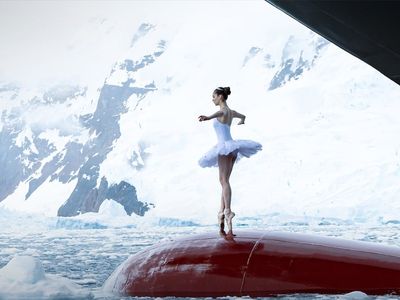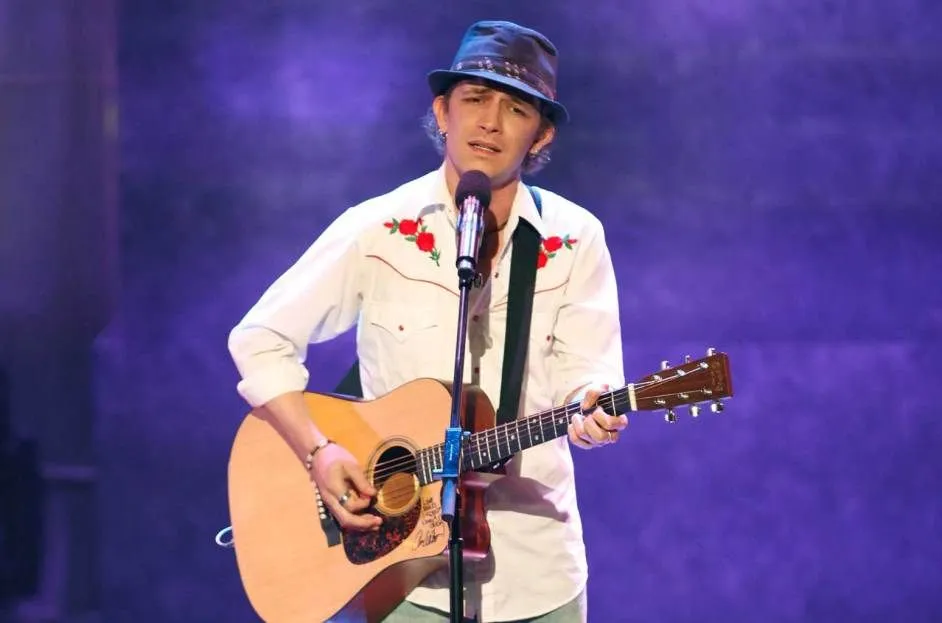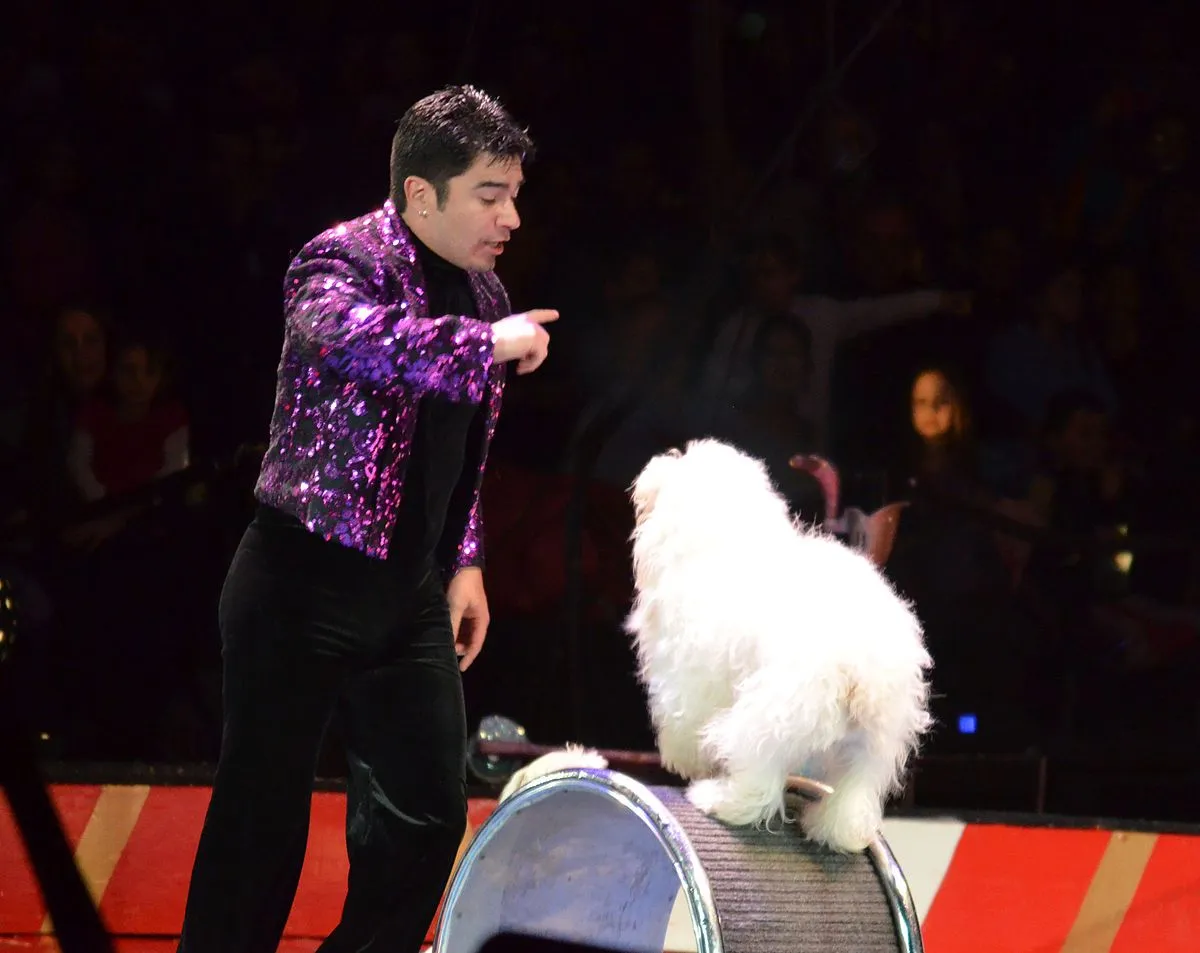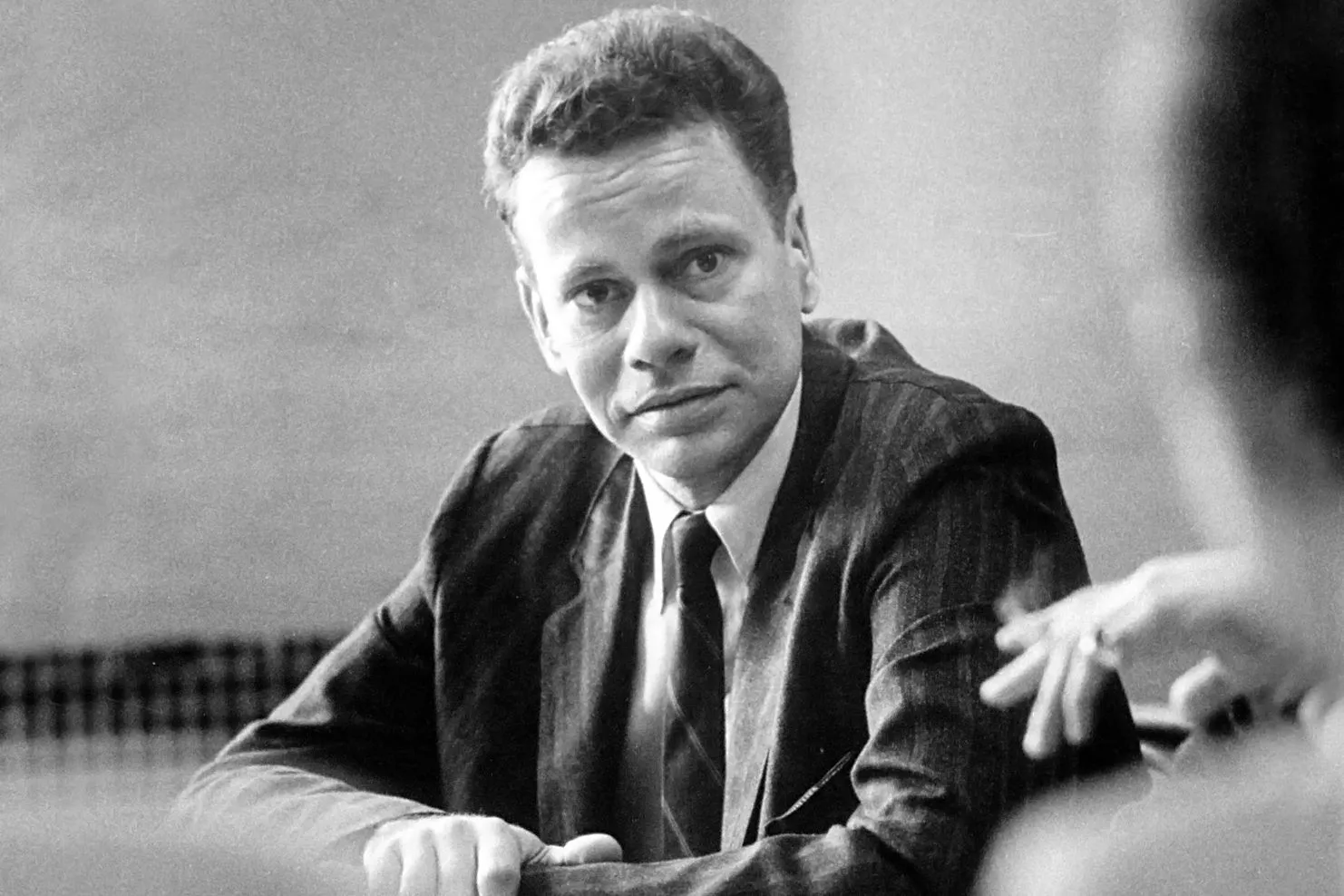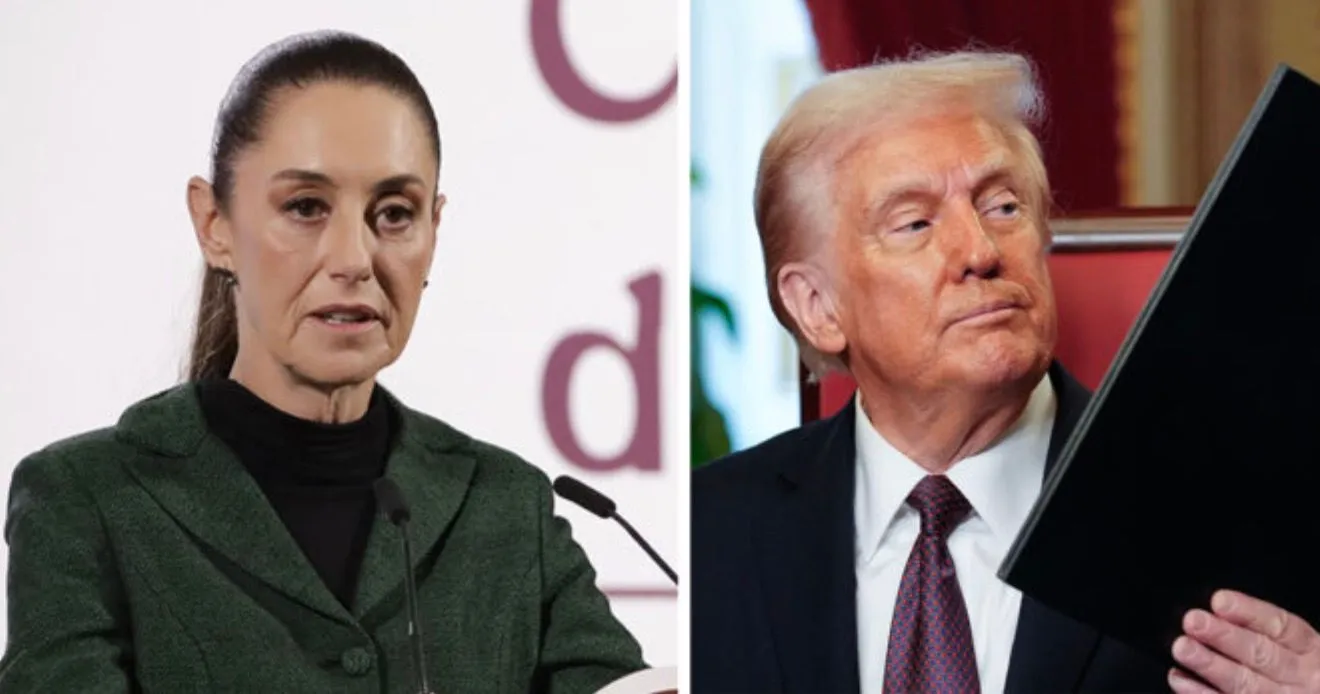French ballerina’s viral ice-breaker dance sparks AI debate
A breathtaking dance performance on the edge of an Antarctic icebreaker has captured the world's attention - but not for the reasons you might expect. French ballerina Victoria Dauberville's mesmerizing routine atop the massive vessel initially left viewers spellbound, only to spark an intense debate about its authenticity. In an era where artificial intelligence blurs the lines between reality and digital creation, even the most extraordinary human achievements face unprecedented scrutiny.
Background
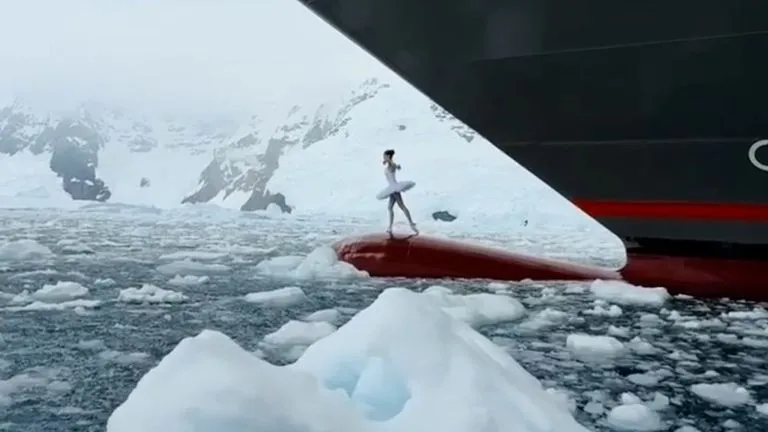
The viral video showed French ballerina Victoria Dauberville performing an ethereal dance routine in Antarctica, perched precariously on the edge of a massive icebreaker ship. Her graceful movements, set against the pristine backdrop of ice floes and glacial waters, created a surreal juxtaposition that immediately caught viewers' attention.
Dauberville, known for her avant-garde performances and penchant for pushing artistic boundaries, choreographed this unique piece specifically for the Antarctic setting. The performance combined elements of classical ballet with contemporary dance, all while maintaining perfect balance on the ship's narrow ledge.
The footage gained rapid traction across social media platforms, particularly on TikTok and Instagram, where it amassed millions of views within hours. However, the video's almost phantasmagorical quality - with its perfect lighting, stunning composition, and seemingly impossible location - led many viewers to question its authenticity.
As debates intensified online, skeptics pointed to the recent surge in AI-generated content that has flooded social media. They argued that the seamless quality of the performance and the dramatic setting bore hallmarks of artificial intelligence creation, similar to other viral deepfake videos that had previously fooled audiences.
This skepticism reflected a growing trend of public distrust in extraordinary online content, as AI tools become increasingly sophisticated at creating realistic-looking videos and images. The controversy highlighted how even genuine artistic achievements now face unprecedented levels of scrutiny in our digitally augmented world.
Details
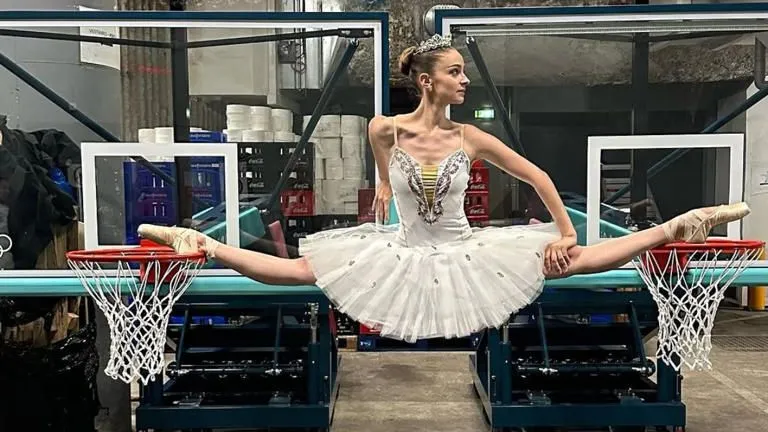
Dauberville's behind-the-scenes footage revealed the meticulous planning and safety measures that went into creating the performance. The ship, stationed in Antarctic waters, provided a natural stage while crew members assisted with security protocols and filming equipment setup. The ballerina wore specialized footwear with enhanced grip to maintain stability on the metal surface.
The original viral video captured Dauberville executing a series of balletic movements, including arabesques and fluid arm gestures, while maintaining impeccable balance on the ship's edge. The timing was deliberately chosen during the "golden hour" - that ephemeral period near sunset when natural lighting creates an almost ethereal atmosphere.
To prove the video's authenticity, Dauberville released additional footage showing multiple takes, safety preparations, and interactions with the ship's crew. The documentation included timestamps, location data, and unedited sequences of her climbing onto the vessel's edge. Temperature readings displayed in the footage showed a bone-chilling -15°C (5°F), highlighting the extreme conditions under which she performed.
The actual dance sequence lasted approximately 45 seconds, though preparation and filming took several hours to complete. Professional cinematographers used both handheld cameras and drones to capture various angles, creating the seamless final cut that sparked the AI speculation. The ship's gentle movements and the surrounding ice formations provided natural elements that enhanced the performance's dramatic effect.
Expert videographers later analyzed the footage, pointing out subtle details like natural shadow movements and environmental interactions that would be extremely difficult for current AI technology to replicate convincingly.
Implications
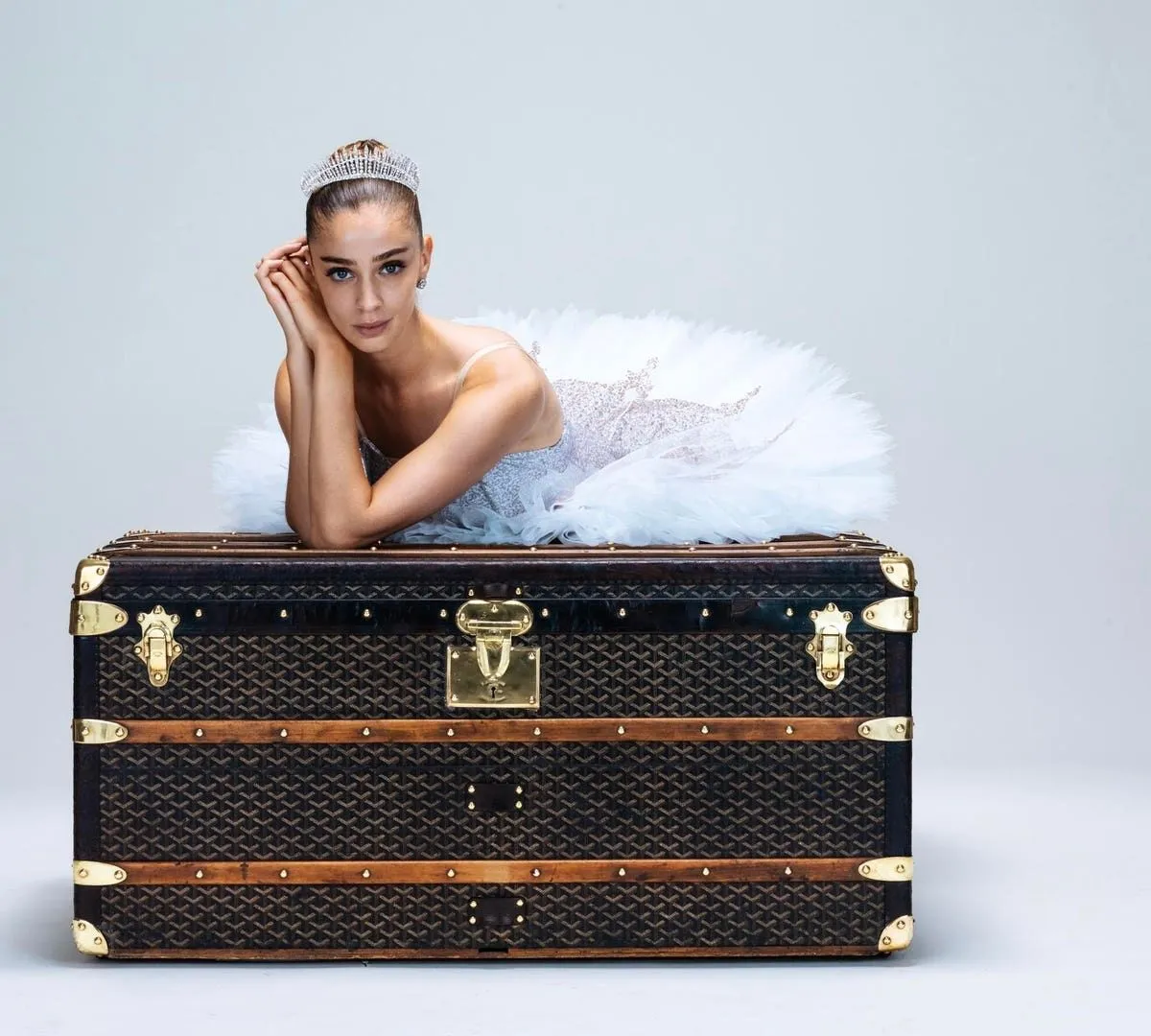
The viral debate surrounding Dauberville's performance has exposed a fascinating shift in how we perceive reality in the digital age. The knee-jerk skepticism toward extraordinary human achievements reveals our growing awareness - and perhaps wariness - of AI's capabilities in content creation.
This incident has sparked important conversations about artistic authenticity in an AI-dominated landscape. Professional dancers and performers now face the peculiar challenge of proving their work is genuine, leading many to include behind-the-scenes content as a standard practice. The phrase "pics or it didn't happen" has evolved into "show the process or we'll assume it's AI."
The controversy has also highlighted a paradoxical situation where truly exceptional human performances are now more likely to be questioned than mundane ones. This heightened scrutiny could potentially discourage artists from attempting audacious projects, fearing immediate dismissal as artificial creations.
Media literacy experts are using this case as a teaching moment about digital discernment. They emphasize the importance of developing nuanced critical thinking skills rather than defaulting to extreme skepticism or naive acceptance. The incident demonstrates how the ubiquitous presence of AI has created a new imperative for audiences to become more sophisticated in their evaluation of online content.
For artists like Dauberville, this new reality presents both challenges and opportunities. While they must work harder to validate their achievements, the viral nature of the AI debate has actually amplified their reach and impact. The controversy has inadvertently showcased human creativity's ability to still astound and inspire in ways that current AI technology cannot replicate.
